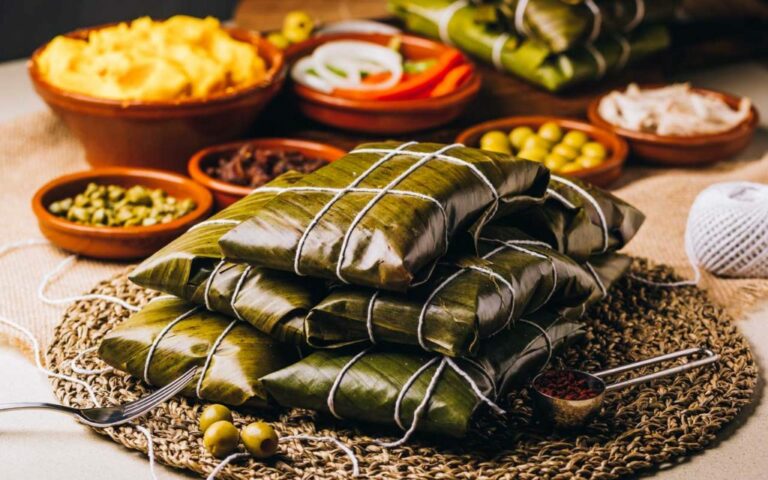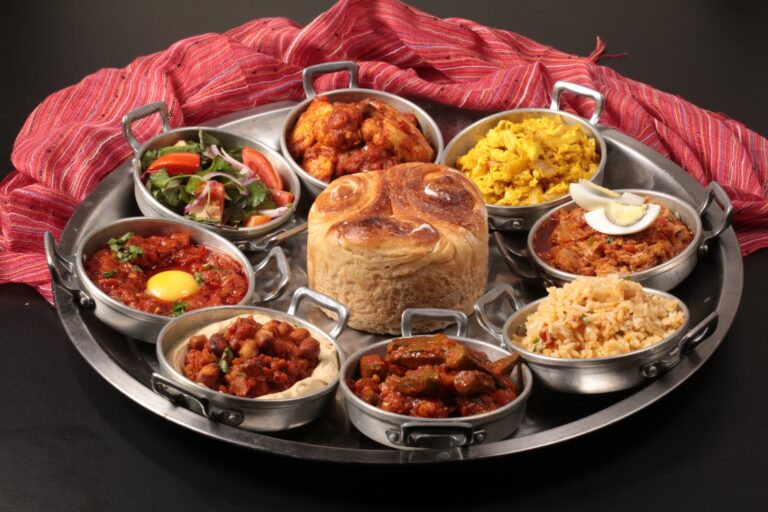Introduction: Venezuela’s Food Culture
Venezuela’s food culture is rich and diverse, reflecting the influences of its indigenous heritage, Spanish colonialism, and African and Caribbean influences. The country’s location on the northern coast of South America also means that it has a wide variety of fruits, vegetables, and seafood at its disposal, making for a unique and flavorful cuisine.
Indigenous Heritage in Venezuelan Cuisine
Venezuela’s indigenous people have had a significant impact on the country’s food culture. The various tribes that lived in Venezuela before Spanish colonization had their own distinct culinary traditions, which are still present in some of the country’s most popular dishes. Some of the ingredients commonly used in Venezuelan cuisine, such as corn and yucca, were first cultivated by indigenous communities and have remained staples in the country’s cuisine.
Corn: The Staple of Venezuelan Cuisine
Corn is a crucial ingredient in Venezuelan cuisine, and it has been cultivated in the country for thousands of years. Indigenous communities in Venezuela used corn to make a variety of dishes, including arepas (corn cakes), tamales, and cachapas (sweet corn pancakes). Today, arepas are a staple in the Venezuelan diet and can be found on almost every street corner.
The Role of Yucca in Venezuelan Dishes
Yucca, also known as cassava, is another essential ingredient in Venezuelan cuisine. Indigenous communities in Venezuela used yucca to make bread, cakes, and other dishes, and it remains a popular ingredient in the country’s cuisine today. One of the most famous yucca-based dishes in Venezuela is the pabellón criollo, which consists of shredded beef, black beans, and rice served with fried plantains and grated white cheese.
Traditional Indigenous Foods and Drinks
Venezuela’s indigenous communities have also contributed a variety of traditional foods and drinks, such as chicha, a fermented corn drink, and hallacas, which are similar to tamales but are made with a different type of dough and filled with a variety of meats and vegetables. Other traditional indigenous dishes include guasacaca, a sauce made with avocado, onion, and peppers, and sancocho, a hearty soup made with meat, yucca, and other ingredients.
Venezuelan Cuisine Today: Blending Indigenous and Colonial Influences
Today, Venezuelan cuisine is a blend of indigenous, Spanish, African, and Caribbean influences. Many dishes, such as the arepa, have become synonymous with Venezuelan cuisine and are enjoyed by people from all walks of life. The country’s food culture is constantly evolving, with chefs and home cooks alike experimenting with new ingredients and techniques while still staying true to the country’s culinary roots.


